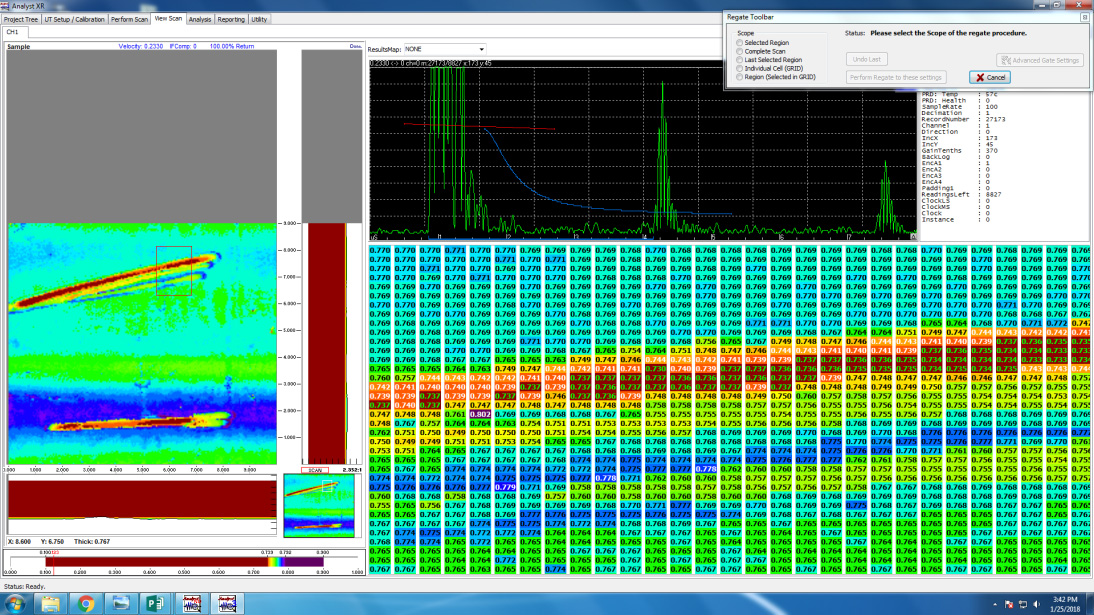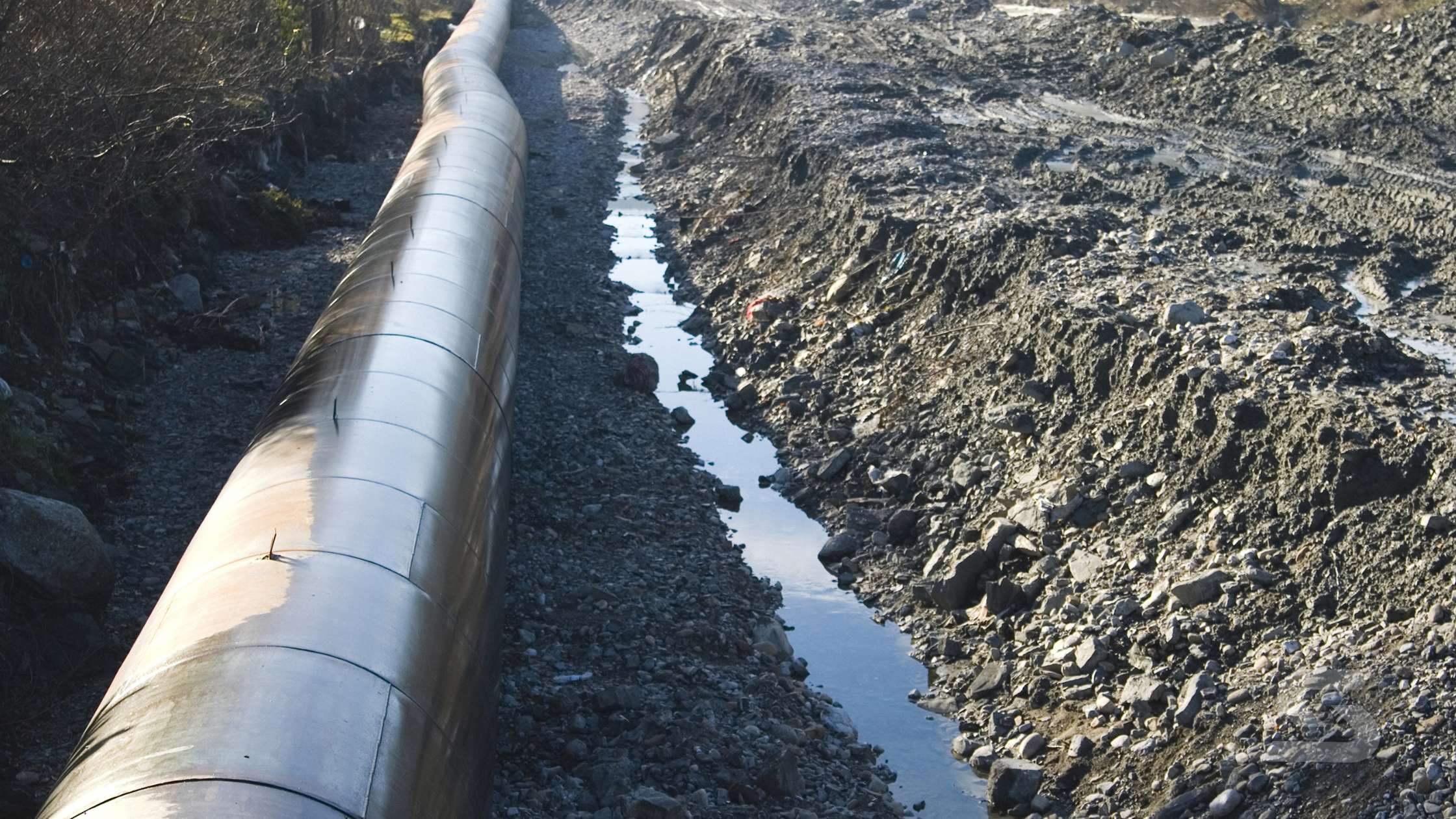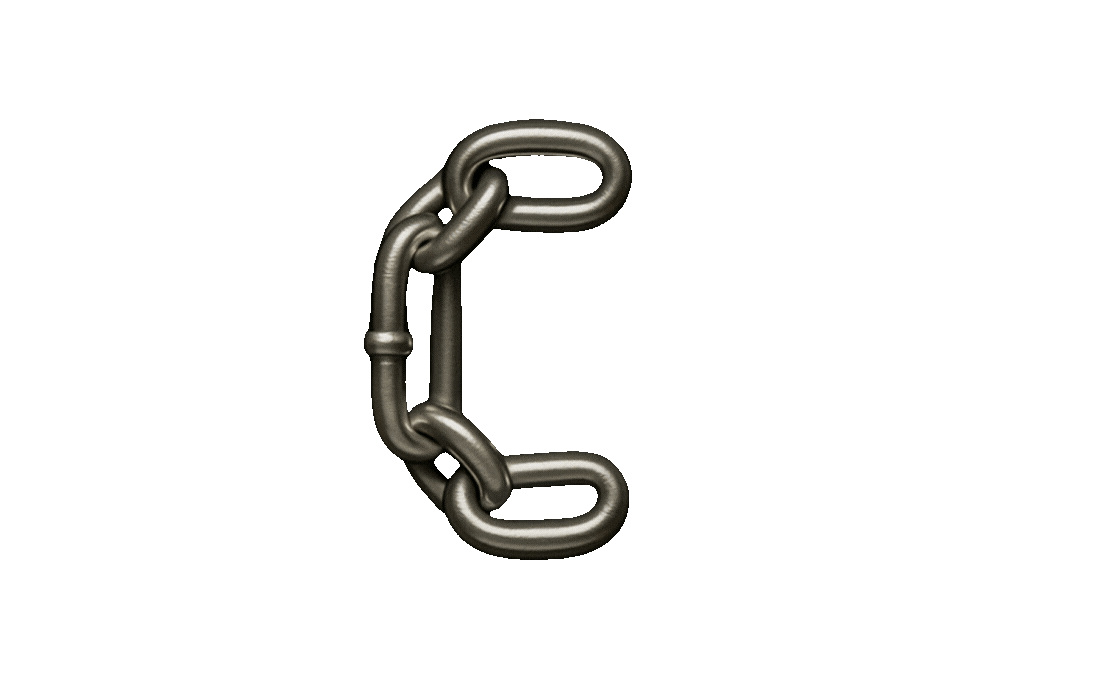Non-Destructive Testing (NDT) scanners are essential tools in industrial inspections, enabling the evaluation of materials and structures without causing damage. These devices enhance inspection speed, data quality, and detection probability across various applications, including weld inspections, corrosion mapping, and thickness measurements.
Table of Contents
What Is an NDT Scan?
An NDT scan involves using specialized equipment to assess the integrity of a material or structure without altering its future usability. Techniques such as ultrasonic testing, radiography, and magnetic particle testing detect internal or surface defects, ensuring safety and reliability in industries like aerospace, oil and gas, and manufacturing.
What Is the Difference Between A-Scan and B-Scan in NDT?
In ultrasonic testing, data presentation is crucial for interpreting results:
• A-Scan (Amplitude Scan): Provides a one-dimensional representation of the reflected ultrasonic waves, displaying signal amplitude versus time. This scan offers information about the depth and location of defects but requires skilled interpretation.
• B-Scan (Brightness Scan): Offers a two-dimensional cross-sectional view of the test specimen. It displays the profile of the material, including depth information, making it easier to visualize defects and their positions within the material.
What Can NDT Detect?
NDT methods can detect a variety of defects and irregularities, including:
• Cracks and Fractures: Surface and subsurface cracks resulting from stress or fatigue.
• Corrosion and Erosion: Material degradation due to environmental factors.
• Voids and Inclusions: Internal cavities or foreign materials within a component.
• Weld Defects: Imperfections such as porosity, lack of fusion, or slag inclusions in weld joints.
By identifying these issues early, NDT helps prevent failures, ensuring structural integrity and safety.
Is NDI the Same as NDT?
While often used interchangeably, NDI (Non-Destructive Inspection) and NDT are not identical. NDT is a broad field encompassing various techniques used to evaluate material properties without causing damage. NDI, however, specifically refers to the inspection process within the NDT spectrum, focusing on identifying and evaluating defects. In essence, NDI is a subset of NDT, concentrating on the application of testing methods to detect imperfections.
Types of NDT Scanners
NDT scanners come in various forms, each suited to specific applications:
• Manual Scanners: Operated by technicians, these are ideal for smaller areas or where access is limited. They are cost-effective and versatile, suitable for a range of inspections.
• Automated Scanners: Motorized and often remote-operated, these scanners are designed for larger structures or areas requiring high-resolution data. They improve inspection speed and data accuracy, reducing human error.
• Specialized Scanners: Designed for specific applications, such as pipeline inspections or complex geometries, ensuring comprehensive coverage and accurate defect detection.
Applications of NDT Scanners
NDT scanners are utilized across various industries for applications including:
• Weld Inspection: Ensuring the quality and integrity of weld joints in pipelines, pressure vessels, and structural components.
• Corrosion Mapping: Assessing material degradation in storage tanks, pipelines, and marine structures to prevent leaks or failures.
• Composite Material Inspection: Evaluating the integrity of composite materials used in aerospace and automotive industries, detecting delaminations or voids.
Advancements in NDT Scanner Technology
Recent developments have enhanced the capabilities of NDT scanners:
• Phased Array Ultrasonic Testing (PAUT): Allows for electronic steering of the ultrasonic beam, enabling complex inspections without moving the probe.
• Time-of-Flight Diffraction (TOFD): Provides accurate sizing of defects, particularly in weld inspections, by measuring the time it takes for ultrasonic waves to diffract from flaw tips.
• Data Integration and Analysis Software: Improves the interpretation of scan data, offering real-time analysis and comprehensive reporting tools.
In conclusion, NDT scanners are vital tools in modern industrial inspections, offering non-invasive methods to ensure material and structural integrity. Understanding their functions, differences in scan types, detection capabilities, and the distinction between NDI and NDT is essential for effective application in various industries.
For more information on NDT scanners and their applications, visit ScanTech’s NDT Ultrasonic Scanners.






